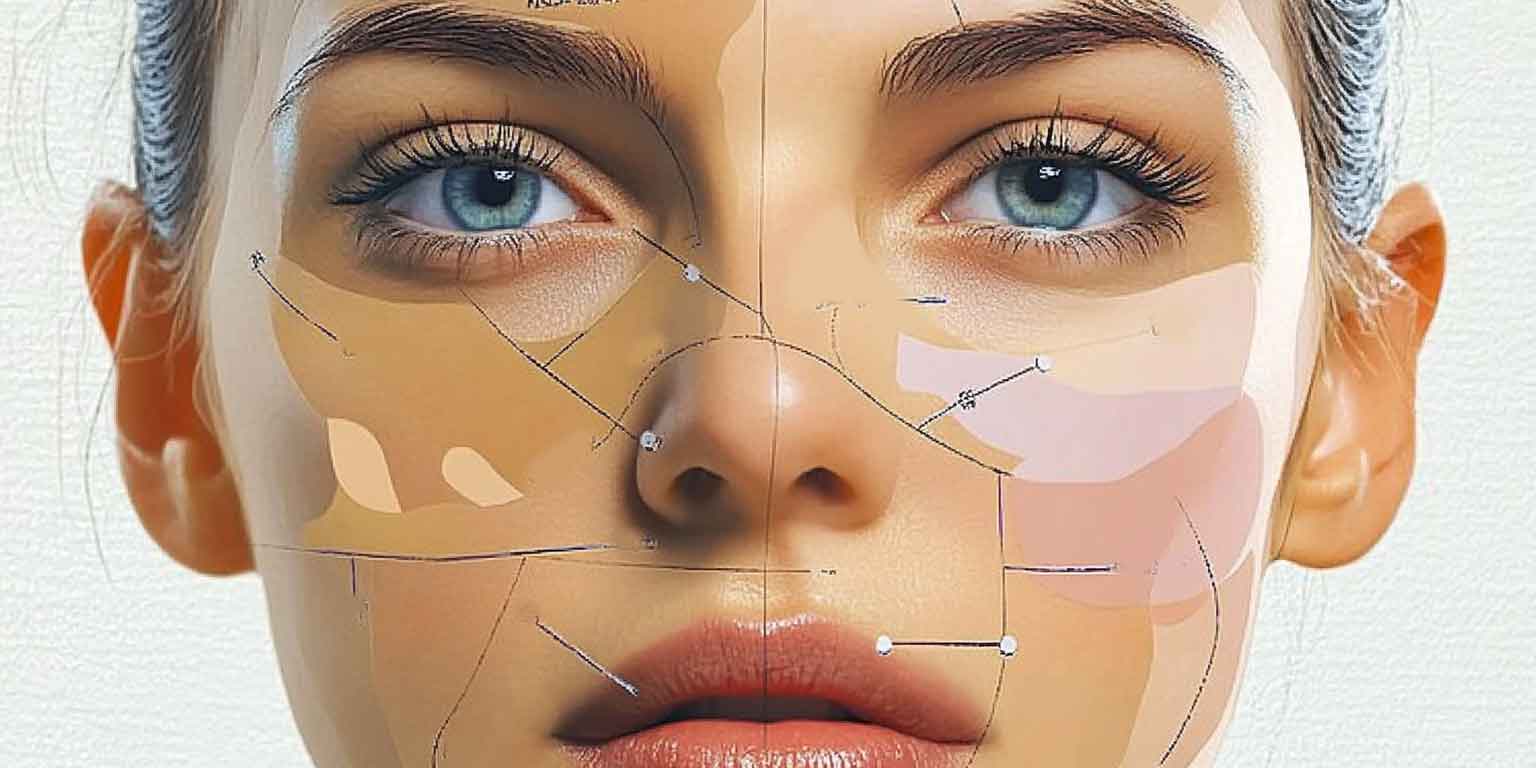Botox® Face Chart
By Dr. Stephen Cosentino
PRESIDENT OF EMPIRE MEDICAL TRAINING
Botox®, the world's most popular non-surgical cosmetic treatment, offers a wide array of aesthetic possibilities, particularly for the face and forehead. For both first-time patients and clinicians, understanding the most common where to inject botox sites and treatment zones is essential. This comprehensive guide, complete with a botox face chart, will provide valuable insights into the various treatment areas and their corresponding aesthetic concerns.
Common Cosmetic Issues Addressed by Facial Botox Treatments
Botox injections can temporarily correct several cosmetic concerns, including:
- Forehead lines
- Glabellar lines (frown lines between the eyebrows)
- Crow's feet (lines around the eyes)
- Bunny lines (lines on the sides of the nose)
- Nasolabial folds (smile lines)
- Marionette lines (lines around the mouth and chin)
- Chin dimpling
- Neck bands
Facial Zones for Botox Treatments
Each cosmetic concern corresponds to a specific area or zone of the face:
- Forehead: Horizontal lines across the forehead
- Glabella: Vertical lines between the eyebrows
- Periorbital area: Crow's feet at the outer corners of the eyes
- Nasal region: Bunny lines on the sides of the nose
- Perioral area: Lines around the mouth, including nasolabial folds and marionette lines
- Chin: Dimpling or "orange peel" texture
- Neck: Platysmal bands
Non-Cosmetic Applications of Facial Botox
Botox is also indicated or used "off-label" for certain non-cosmetic conditions that may be treated with injections to the face or forehead:
- Hyperhidrosis (excessive sweating)
- Bruxism (teeth grinding)
- Temporomandibular joint (TMJ) dysfunction
- Chronic migraines
Treating Bruxism and TMJ Dysfunction
Botox injections for bruxism and TMJ dysfunction typically target the jawline and/or the masseter muscle, which is the large muscle on the lower sides of the face responsible for jaw function. By relaxing this muscle, Botox can help alleviate symptoms associated with teeth grinding and jaw clenching.
Botox for Chronic Migraines
When treating chronic migraines, Botox injections are administered in various locations around the head, neck, and shoulders. The specific injection sites depend on the patient's pain location and other individual factors. It's important to note that some Botox migraine injections, such as those administered to the back of the head, do not involve the face or neck.
The Importance of Proper Evaluation and Treatment Planning
The foundation of any successful Botox treatment is laid well before the day of the procedure. Healthcare providers must:
- Carefully evaluate the patient's facial structure and muscle dynamics
- Listen attentively to the patient's concerns and desired outcomes
- Set realistic expectations about the likely results
- Develop a personalized treatment plan
- Execute the treatment with confidence and precision
Understanding Facial Anatomy for Optimal Results
A thorough understanding of facial anatomy is paramount for achieving optimal results with Botox injections. Key considerations include:
- Muscle structure and function
- Nerve pathways
- Blood vessel locations
- Individual variations in facial structure
This knowledge allows practitioners to determine the most effective injection sites and appropriate dosages for each patient.
The Art and Science of Botox Injections
While Botox injections are grounded in scientific principles, there is also an artistic element to achieving natural-looking results. Factors that contribute to successful outcomes include:
- Precise placement of injections
- Appropriate dosing
- Understanding of facial proportions and aesthetics
- Consideration of the patient's unique facial features and expressions
Potential Side Effects and Complications
As with any medical procedure, Botox injections carry potential risks and side effects. Common side effects may include:
- Bruising at the injection site
- Temporary headache
- Mild pain or discomfort
- Temporary eyelid drooping (ptosis)
More serious complications, while rare, can occur if injections are administered incorrectly or in the wrong location. This underscores the importance of seeking treatment from a qualified and experienced healthcare provider.
The Evolution of Botox: Beyond Wrinkle Reduction
While Botox is primarily known for its wrinkle-reducing properties, its applications continue to expand. Emerging uses for Botox in facial aesthetics include:
- Jawline contouring
- Brow lifting
- Lip flips for subtle enhancement
- Treatment of facial asymmetry
These advanced techniques require a high level of skill and understanding of facial dynamics, highlighting the need for ongoing education and training in the field of aesthetic medicine.
The Importance of Customized Treatment Plans
Every patient's face is unique, and a one-size-fits-all approach to Botox injections is unlikely to yield optimal results. Factors that should be considered when developing a personalized treatment plan include:
- Patient's age and skin condition
- Facial muscle strength and activity
- Desired outcome and level of correction
- Previous treatments and response
- Patient's lifestyle and occupation
Conclusion: The Value of Visual Aids in Botox Education
While no single chart or article can provide all the information needed to administer Botox injections safely and effectively, visual aids like Botox face charts serve as valuable tools for both aspiring clinicians and their clients. These resources help to:
- Illustrate common injection sites
- Provide a visual reference for treatment zones
- Facilitate communication between providers and patients
- Enhance understanding of facial anatomy and aesthetics
As the field of aesthetic medicine continues to evolve, comprehensive education and hands-on training remain essential for healthcare providers looking to offer Botox treatments. By combining theoretical knowledge with practical skills and an artistic eye, practitioners can help their patients achieve natural-looking, satisfying results that enhance both appearance and confidence.


